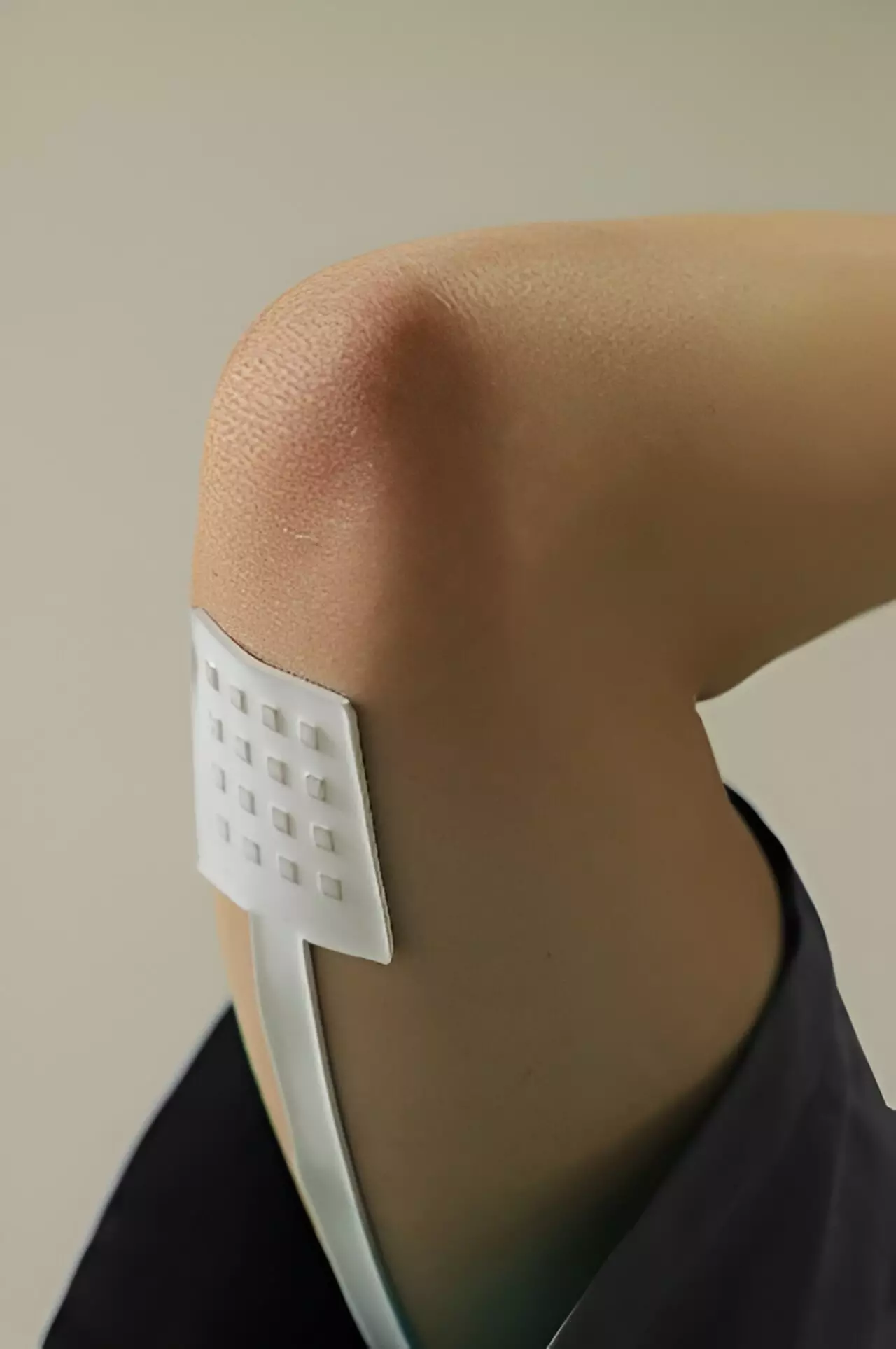The development of flexible tactile sensors has reached new heights with the introduction of 3D micro strain gauges, as detailed in a recent study by researchers from Peking University. These innovative sensors offer customizable detection of biomechanical signals and high-density mapping of pressure, pushing the boundaries of electronic skins.
The use of 3D micro strain gauges in developing flexible tactile sensors is a game-changer in the field of microelectronics. Han Mengdi from Peking University highlighted the exciting possibilities of this technology, emphasizing the transformation of planar strain gauges into 3D forms to enhance sensing modality and spatial density in tactile sensing. The consistency and stability of these strain gauges, driven by thin film stress, showcase their potential for mass production and integration with microelectronics.
One of the key advantages of 3D micro strain gauges is their customization potential. Researchers have demonstrated the ability to adjust the shape of the microstructure, the thickness of thin film layers, and the encapsulating polymer to fine-tune the sensitivity and properties of the tactile sensor. This level of customization lays the foundation for creating sensors tailored to specific needs and applications.
Each flexible sensor equipped with four 3D micro strain gauges allows for precise decoupling of normal force and shear force, enabling accurate determination of external force direction and magnitude. Additionally, the incorporation of a temperature sensing module further enhances the sensor’s capabilities. The anti-crosstalk circuit designed to support spatiotemporal mapping of forces at the skin interface demonstrates the advanced functionality of these sensors.
The compatibility of 3D micro strain gauges with both microelectronics and macroelectronics opens up a wide range of potential applications in various fields. From robotics to biomedicine and consumer electronics, these sensors have the potential to revolutionize the way we interact with technology. The enhanced sensing performance and integration solutions offered by this technology pave the way for significant advancements in microelectronics.
The development of flexible tactile sensors utilizing 3D micro strain gauges represents a groundbreaking advancement in sensor technology. The ability to customize sensor design, achieve decoupled measurement of forces, and expand potential applications demonstrates the immense potential of this technology. As researchers continue to explore and refine this innovative approach, we can expect to see even more exciting developments in the field of flexible tactile sensors and electronic skins.


Leave a Reply